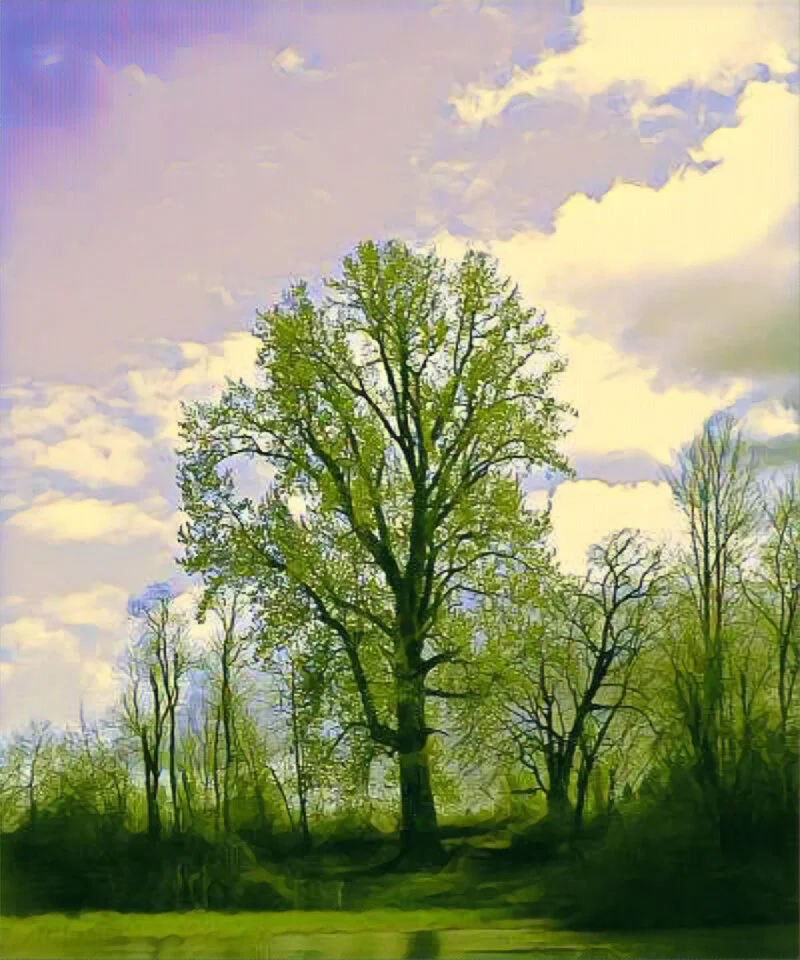Western Red Cedar
Western Red Cedar has been one of the most important tree to native people throughout the Northwest and tends to live in low lying elevations near water. With wide sweeping branches that often form a J shape and copper red grey bark, western red cedar can grow to 200 feet tall and ten feet in diameter if allowed to grow for hundreds of years. Western red cedar (Thuja plicata) is not a true cedar (Cedrus sp) but belongs to the Cypress family (Cypressaceae). Plicata refers to the leaves which extend in flat aromatic plaits.
Native Uses of Western Red Cedar
Western Red Cedar is a cultural keystone tree. That means it has played a central role medicinally, nutritively and spiritually for a culture. In this case, cedar has played an enormous role in the various Northwest tribes and bands that stretch from Northern California to Alaska. Cedar has been used for housing, transportation (canoes), clothing, tools and utensils, bowls, baskets, boxes, firewood- and as medicine it has been used as a tea and steam for respiratory congestion, arthritis, fevers, fungal infections and to bolster the immune system. Cedar has long been used as a smudge for purifying spaces, setting sacred intentions and for prayer work.
When we think of herbs for mental health we are often thinking of plants that have a direct effect on the nervous system- calming, strengthening or energizing, or tonic herbs that are nutritionally rich. But often the most important plants to a culture are these keystone plants. They weave the fabric of a particular culture- helping strengthen the bonds between community members. Think of grapes and their use as wine for a variety of cultures. Or consider the plants that make up ayahuasca as keystone plants for South American tribes. Or consider how olive trees play a key role in the economy and societies alongtheu Mediterranean. These plants become a focal point for deep connection and healthy communities. When they are threatened, or communities lose touch with traditions of working with this plants, then the physical and mental health of the community can suffer.
Here in the NorthWest, numerous Native tribes have started a tradition of gathering to paddle cedar canoes through the waterways of the Puget Sound. The traditional cedar built canoe connects them back to their traditional ways of working with cedar and helps to build the strong bonds of community that have suffered since the time of conquest and colonization.
We enter into relationship with cedar with that understanding of its key place in traditional Native tribes throughout the Northwest. Our work is to understand cedar not just as a medicinal agent but as a keystone tree to be honored and protected. We should consider gathering cedar only from downed branches or ones that can be pruned easily without harming its health.
Cedar contains thujaplicin, a constituent that makes cedar resistant to rot. That makes it an excellent choice for a building material (or anything else you want to leave outside that won’t rot). That means you won’t see mushrooms growing on or around cedar easily. It also shows how it is helpful as an external agent for fighting off fungal infections. You can make a tea of it and soak fingernails in a strong infusion for 10-15 minutes. Cedar also carries a compound known as thujone, a fairly toxic convulsant when ingested in large amounts. That means we need to be careful when taking it internally and only use minute amounts. I suggest no more than 5 drops of cedar tincture up to twice a day and only for no more than a week at a time. The essential oil of cedar should also be used carefully because of the thujone content. Some with sensitive skin can feel that it can be abrasive without heavy dilution in a carrier oil.
Finally, cedar makes a great smudge, or “smoke medicine”. Simply wrap some of the leaves in string to form a bundle and let hang to dry. Cedar has a sweet calming influence that is lovely for those who feel overwhelmed, scattered and anxious.
Medicinal Uses
Actions: Stimulating, Warming
Properties: Antifungal, antimicrobial, stimulating, expectorant, immunostimulating, emmenagogue
Uses:
Tincture 1:2 fresh 50-75%. Take 2-5 drops a day for up to a week to bolster immune system, reduce mucosal congestion and to move blood and lymph in case of stagnation, arthritis, poor menses.
Tea Make tea of one ounce to a quart of water for lung congestion, to bolster immune system, reduce stomach pain, improve menstrual flow. Use infrequently. Use same infusion externally for fungal infection, as a wash for dandruff, in baths for rheumatic and arthritic pain.
Chew directly For tooth aches.
Essential oil/Hydrosol The smell of cedar is sweet and candy like with a bright forest smell. In diffuser, soaps, massage oils at 1 % dilution for feelings to bring greater calmness, stability, grounding. Hydrosols can be more simply offered as a clearing spray, for cleaning agents, in soaks and baths to open respiration, to calm, relax and uplift.
Smudge: Wrap cedar leaves in string and burn for same use as essential oil.
Cautions: Do not use in pregnancy. Excessive internal use can cause sensitivities and even convulsions. External use can cause allergic reaction.
This article written by Jon Keyes, Licensed Professional Counselor and herbalist. For more articles like this, please go to www.Hearthsidehealing.com. You can also find me at the Facebook group Herbs for Mental Health.








